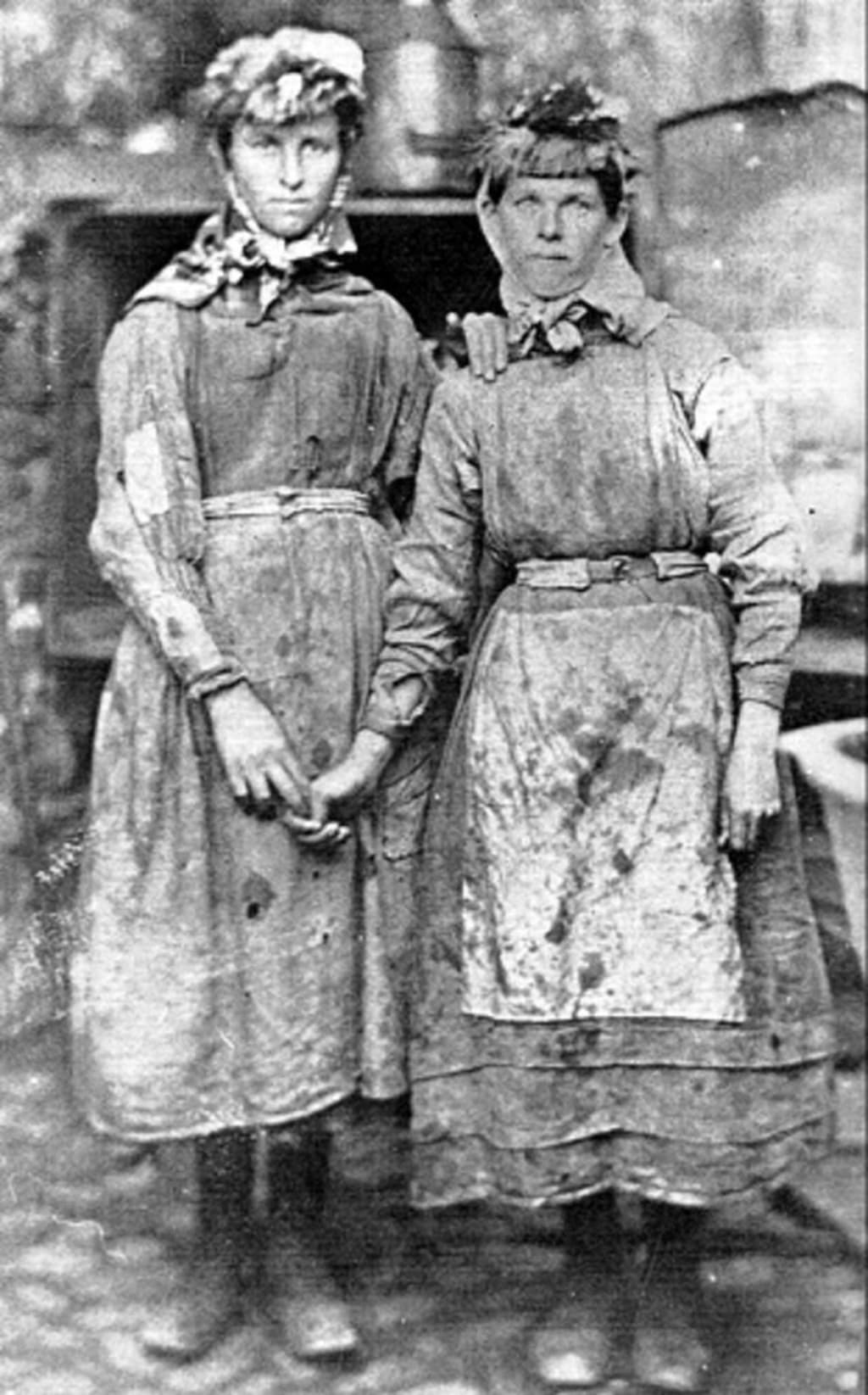WERE THE VICTORIANS GROSS
People didn’t always bathe weekly, let alone daily

WERE THE VICTORIANS GROSS?
Some people glamorise the past, especially the Victorian era. Portraying it as a time of great politeness, manners, and grace. It was anything but.
Virtually every book, film, and TV show glamorizes the period. Stunning gowns, lavish homes, and passionate romance are staples of the now bygone time. But no one talks about where they got their water or went to the bathroom, or when they last washed.
When you peel back all the silk and lace layers, you will discover the Victorians were pretty gross. People didn’t always bathe weekly, let alone daily - and indoor plumbing was a distant dream for most. The Victorian era’s frequent bouts of the disease are unsurprising. Overall, women caught the brunt of bizarre trends in hygiene. So, let’s open our eyes, hold our noses, and find out what was going on with the supposedly immaculate Victorians.
If you were a respectable person, you’d wash your hands and face several times during the day to make sure that you looked half decent. It wasn’t really a pleasant experience. You had the stench from blocked drains and cesspools below houses. While some well-to-do families had indoor plumbing by the 1880s, many did not, which meant trips to the outhouse or privy when nature called.
The first toilet paper squares were sold in the 1870s, but the toilet paper roll wasn’t invented until 1891. So, what did people use to wipe themselves before that time? Hold tight! Old newspapers or corncobs are what many people used, provided of course they had access to these things at all.
Dentistry was not very advanced back in the 1800s, and most of the procedures a dentist could perform were simply extractions of rotten teeth. People brushed their teeth, sometimes just using salt on a finger and rubbing across the teeth, other times perhaps using a frayed twig.
Women’s hairstyles in the Victorian era were often elaborate. They were unlikely to have started the entire process of washing, drying, and styling until it was time for a good wash. Women’s hair was considered her crowning glory and so the longer and healthier it was, the better. It would only be let down when she was alone with her husband and stayed in pins the rest of the time. To keep it healthy, women didn’t wash their hair nearly as often as we do today, taking this habit only on a weekly or monthly schedule.
They were obsessed with hair, but modern shampoo was a distant notion. Women often broke several eggs over their heads, worked them into their hair, and then washed the egg out with cold water. Vinegar diluted with water was another popular option. In fact, many cooking-related items were popular pre-shampoo alternatives. Rosemary, black tea, and rum were all considered perfectly normal as hair-washing substances.
In the Victorian era, women’s clothing was blamed for tuberculosis and its spread. Doctors claimed that long skirts dragging in the street picked up the disease, causing women to unknowingly bring it into the home.
The tight corsets women were forced to wear were also thought responsible for tuberculosis, as corsets constricted the lungs. Higher skirts and looser corsets were implemented to help stop the spread of the disease.
In the days before lotions and deodorants were common, people had only a few options to cover the scent of BO or old clothes. Women with plenty of money could buy perfume or cologne. However, it was cheaper to buy a scented powder. This was also quite good for absorbing wetness.
For men, the most common scent was bay rum, a unique smell that most people today have never got to enjoy. The spice-and-perfume-infused rum was invented for precisely the purpose of masking body odour by sailors in the 1500s.
It’s often said that the first public toilets were at the Great Exhibition, which was the first world expo held in Hyde Park in 1851. It had 6 million visitors in a matter of months, and there were indeed public toilets set up in the exhibition. But there was a great debate after that closed whether London needed such facilities actually on the street. It was tied up with notions of shame and respectability, and it was particularly said that women would be just too embarrassed to enter a public toilet on the public street.
One more thing: Victorian weight-loss drugs often contained life-threatening ingredients like arsenic, strychnine, cocaine and believe it or not, tapeworm larvae!
About the Creator
Paul Asling
I share a special love for London, both new and old. I began writing fiction at 40, with most of my books and stories set in London.
MY WRITING WILL MAKE YOU LAUGH, CRY, AND HAVE YOU GRIPPED THROUGHOUT.
paulaslingauthor.com






Comments
There are no comments for this story
Be the first to respond and start the conversation.